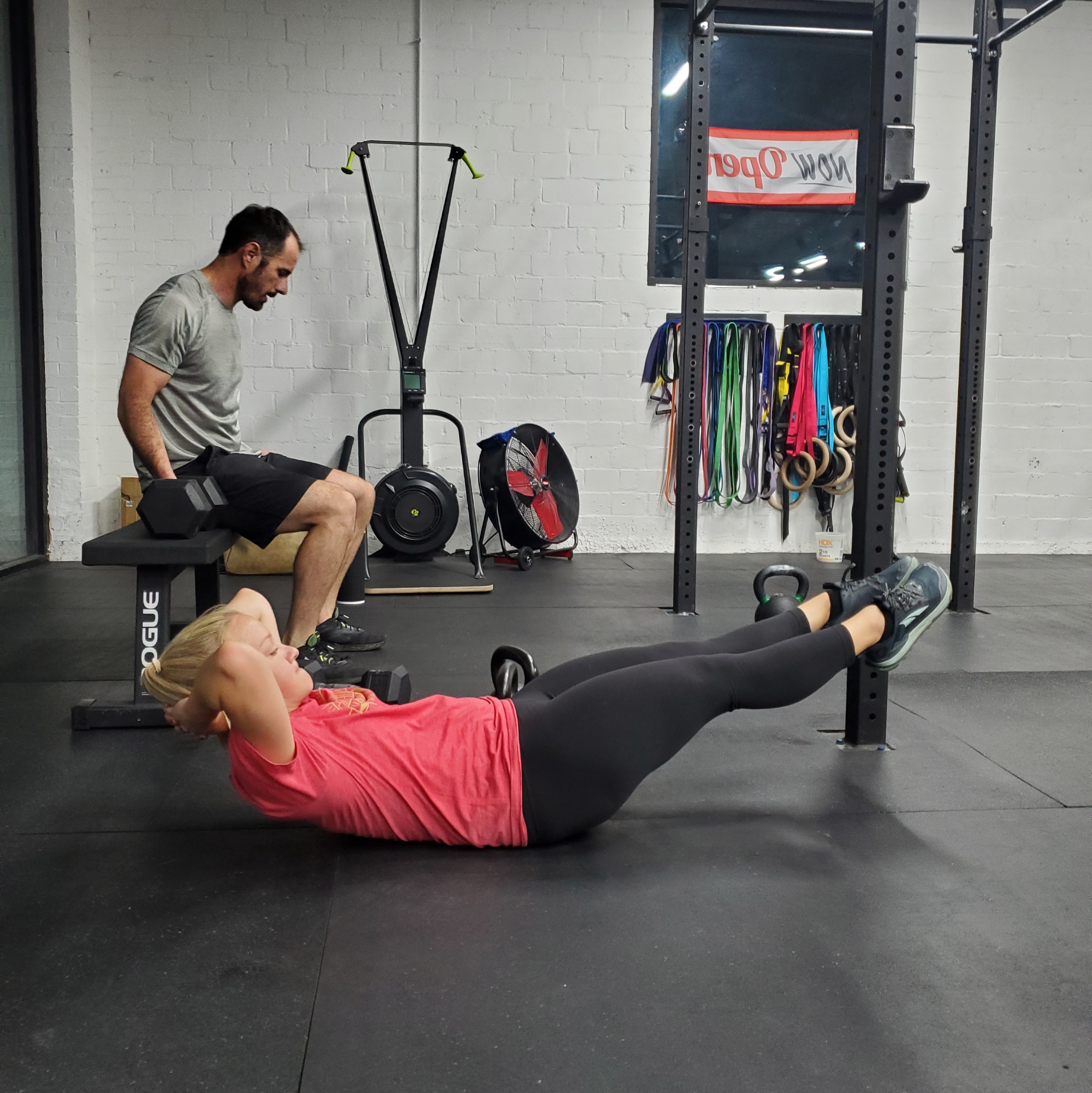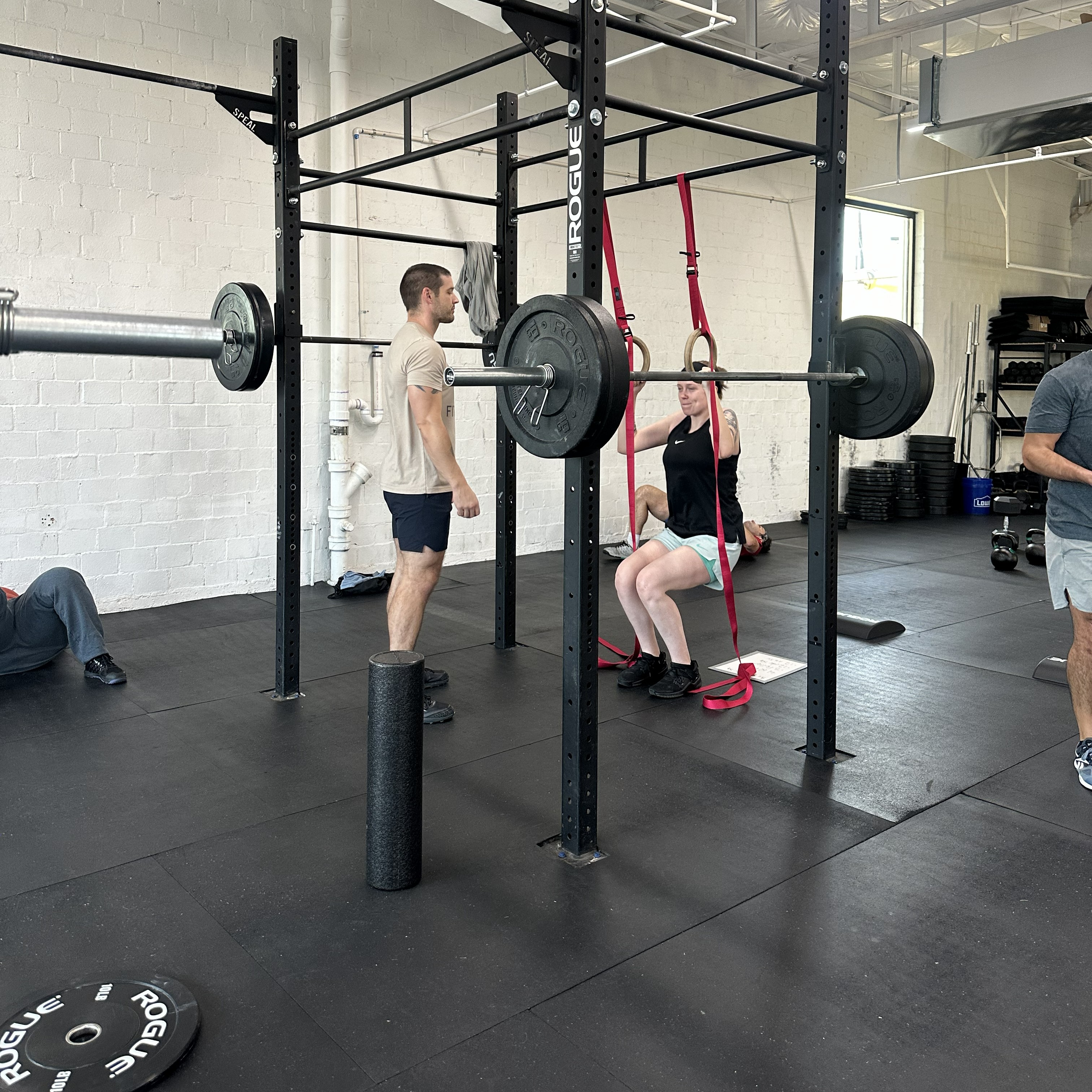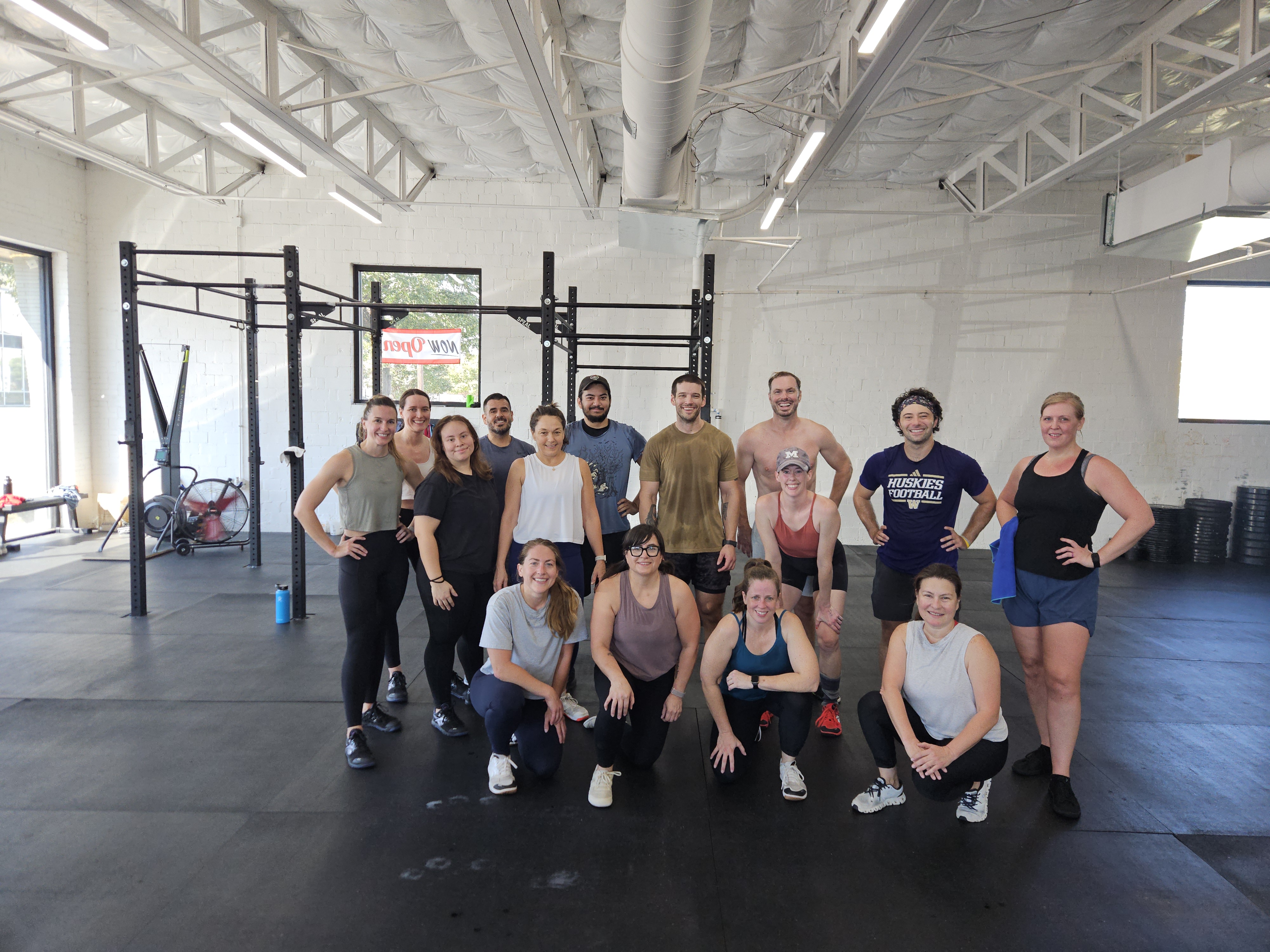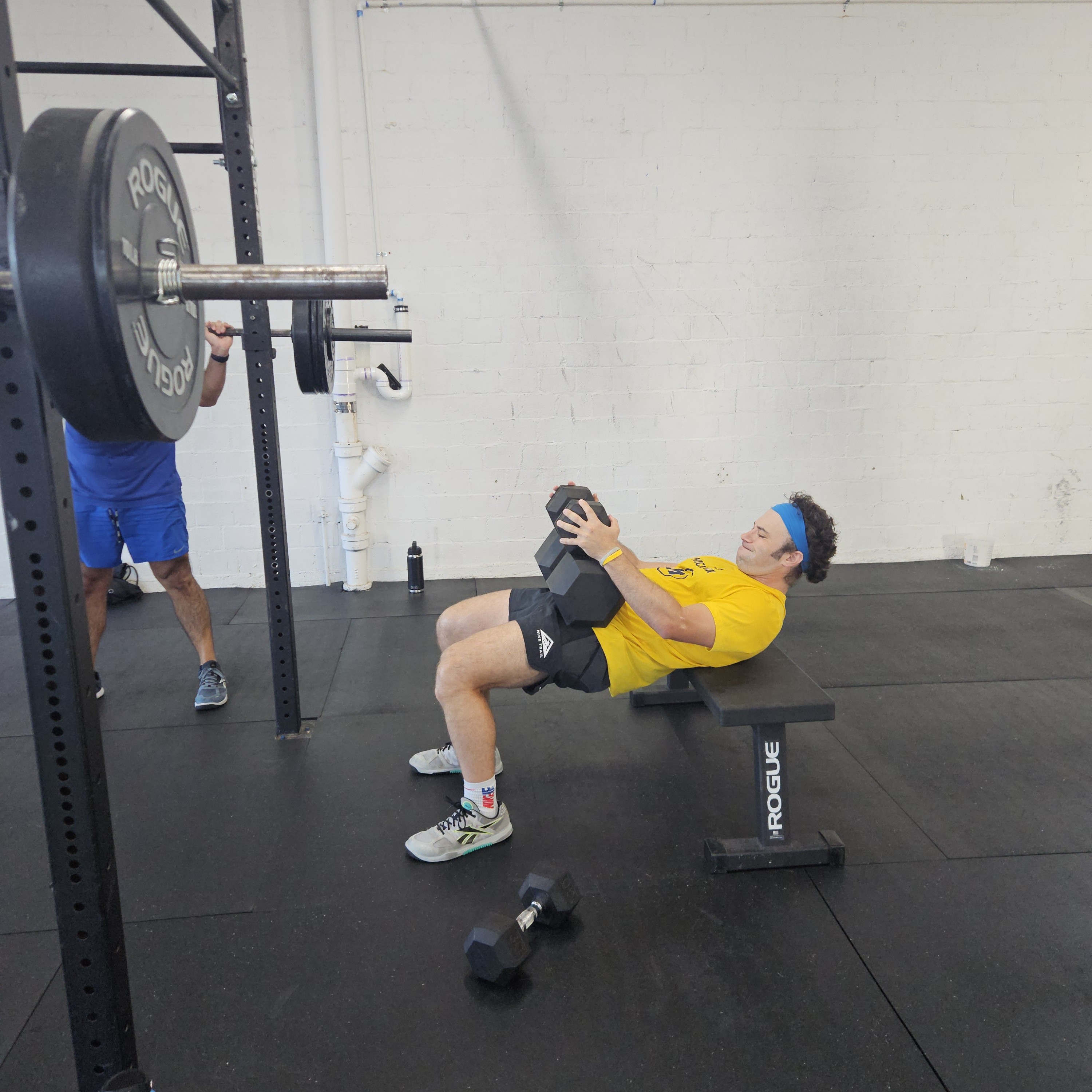By clicking “Accept All Cookies”, you agree to the storing of cookies on your device to enhance site navigation, analyze site usage, and assist in our marketing efforts. View our Privacy Policy for more information.
How to Break Out of a Training Slump
Improve your training and get out of the slump you may be in.
By
June 24, 2025

If you’ve been training for a while and you’re not feeling it anymore, your workouts feel flat, your results have stalled, or you’re just not excited to show up; you’re probably in a training slump. It happens. The good news is, you can get out of it.
At Bishop Arts Fitness, we coach real people through real-world training. No fluff or fads. Just practical, proven tools that work. Here’s how we recommend getting back on track.
1. Change Up the Routine
One of the most common reasons for a slump is doing the same thing for too long. Your body is smart. It adapts to the signals you send it. If you’ve been following a similar routine for months, doing basically the same lifts in similar order, your progress can stall.
Try this:
- Change your training split if you only want to lift weights
- Mix in different training styles (3 days of lifting + 2 days of conditioning as an example)
- Add new tools and approaches: kettlebells, carries, tempo work, volume adjustment etc.
You may not need to overhaul everything, even small changes in how you train can reintroduce a fresh stimulus to drive adaptation and motivation. But an overhaul may be good for novel stimulus and good for the entertainment value of your training. Something that a lot of people don’t talk about, being interested about a new training approach and doing the workouts with a newfound enthusiasm.
2. Adjust the Intensity
Intensity is where most people can go wrong, either too much or not enough. You see from the online community what they want you to see, and the high intensity stuff is sexy. But lower intensity days have their place too. On the flip side, you may be apprehensive about adding intensity and unknowingly shooting yourself in the foot. Find the balance.
If you’re always going hard:
You can’t redline it every day. Most people only have 2-3genuinely hard training sessions in them per week. If you try to push hard daily, your performance will eventually drop, even though it still feels hard. That’s a sign your recovery isn’t keeping up.
If everything feels easy:
You may need to crank it up a bit. If you are cruising workouts at a 3/10, jump to hitting 7/10 a couple of days a week and see how that goes. There are plenty of ways to increase intensity but make sure your technique is solid.
Intensity should be earned and managed. It’s not about making every session brutal or everything a breeze, it’s about hitting the sweet spot at the right times to allow progress.
3. Check What’s Happening “Under the Hood”
Training is just one part of the equation. When things stall, ask yourself how well you have been doing outside the gym.
Recovery
Are you sleeping at least 7 hours? That’s the minimum if you’re training consistently. We recommend aiming for 8–9 hours whenever possible. Poor sleep will wreck your recovery and stall progress faster than anything.
Tips for better sleep:
- Make plans to get into bed a little earlier
- Stick to a regular bedtime
- Shut off or lower bright lights and screen before bed
- Try some slow, deep breathing before bed to calm your system
- Get bright light as earlier as you can to help set your circadian rhythm, your body’s internal clock that sets a waking-sleep cycle
Nutrition
Are you eating enough of the right things to support your training but not excessive fat? Previous I posted a blog about this you should read if you aren’t sure what good nutrition habits may be. Check it out and ask yourself how far off you are on that? How regularly do you indulge in the things you know are not the best for training?
If your nutrition is off, you’ll feel it in your workouts. Not just today, but over the long haul.
Stress Management
Stress outside the gym affects everything inside the gym. If you walk in already stressed out, your workout becomes more stress instead of are lease. Over time, that adds up mentally and physically.
Try this:
- Practice some daily down-regulating breathing (we’ve got a link to a great video explanation, email us if you want it)
- Take short walks without your phone
- Set a limit to how long you stay in work mood
When stress goes unmanaged, sleep and nutrition usually fall apart too and then your training spirals with it. These three areas are deeply connected.
Final Thoughts
Slumps happen. The fix is usually simple. Not necessarily easy, but simple.
✅Adjust the routine
✅Manage the intensity
✅Check your recovery, nutrition, and stress
If one of those is off, your body won’t respond the way you want it to, no matter how good your training plan looks on paper.
If you're ready to get things back on track or improve the training that you get, we can help. We walk through lifestyle habits with all new members and give simple strategies for how to make those habits stick. Reach out and start getting the guidance you need.
📩Email us or schedule a free No Sweat Intro HERE.





